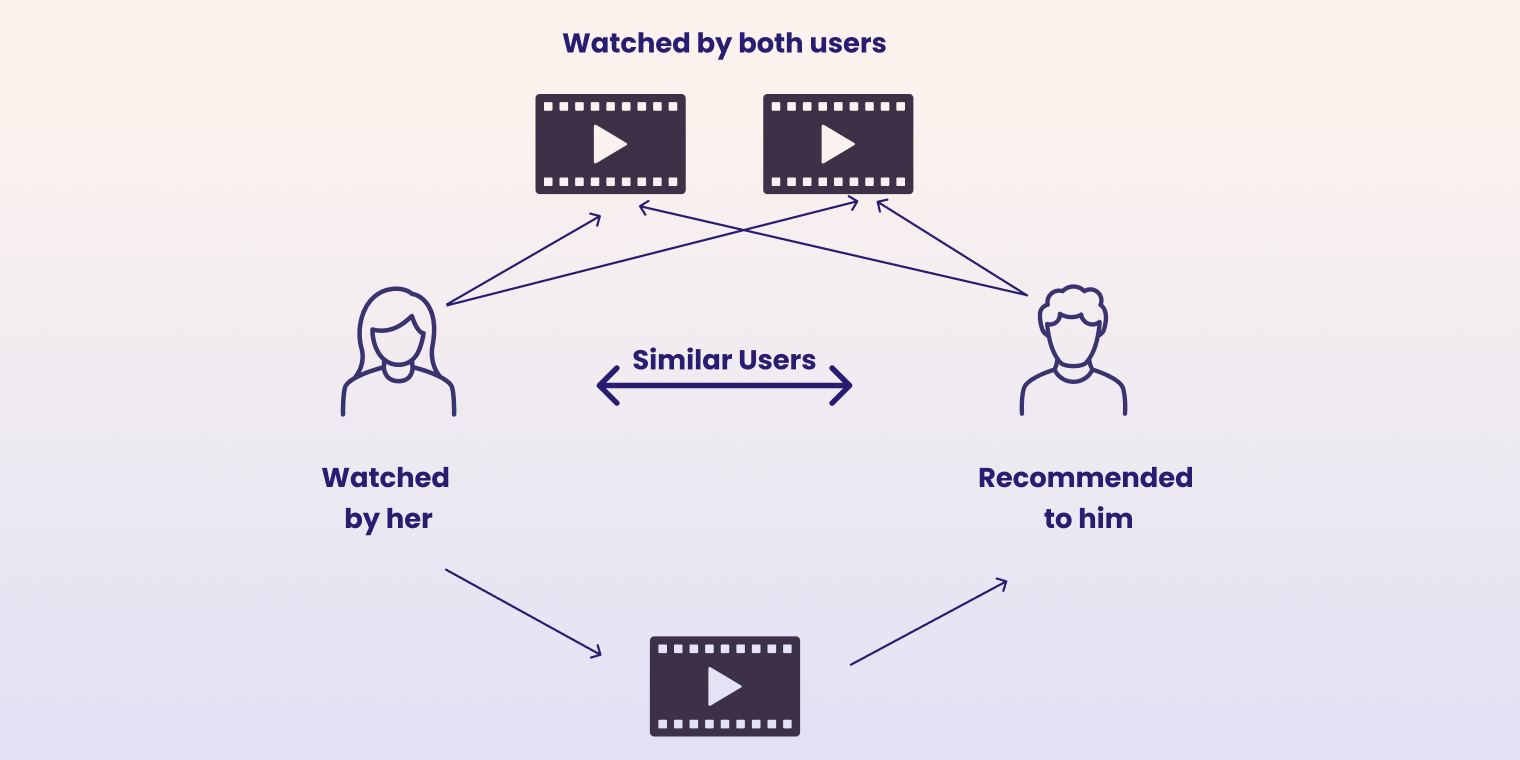We all fancy choices, don’t we? Many options to pick from.
Science says that having several choices can be more puzzling than liberating, but that doesn’t stop people from wanting more options to ‘make an informed decision.’
This behavior also extends to our virtual experiences shaped by our digital footprints.
Imagine you just finished watching a movie on Netflix, and after the credits roll up, Netflix recommends similar movies like the one you just watched.
This suggestion is an example of a product recommendation model programmed using algorithms that help predict what users might like based on their online behavior.
What is a Product Recommendation Model?
It’s essentially an intelligent assistant to help you with your needs, especially if you are unsure what you want or where to find it.
Use cases
Such engines are used across the board in the digital space in digital marketing, e-commerce, media & entertainment.
Why, it even has use cases in the hospitality sector. Here’s a case study on Thrillark, a travel market space that uses personalized models to curate customer experiences.
Amazon & YouTube are also some fine examples of its application.
Why does a Product Recommendation Model work?
There are numerous benefits of implementing these systems, not the least of which include
Exposure
For a business, recommendation models can improve the discovery process in the customer journey by exposing users to products/services they otherwise may not have seen.
Hyper-personalization
Relevance is everything. In a fiercely competitive space, companies are scrambling to do everything they can to enrich customer experiences with individualization by only showing them what appeals to their tastes and habits.
Metrics
It also greatly amplifies your digital marketing and retention efforts by boosting CTRs, conversions, sales, and revenue.
Simplification
With the volume of data available on the internet, it can be intimidating to seek information because you might not know where to look. Using product recommendation engines, you can quickly access information without searching for it.
How does a Product Recommendation Model work?
This straightforward solution to a critical problem must be attributed to complex algorithms powered under the hood by machine learning built on intricate neural networks.
So how does it really work? With the help of a catalog and recommendation engine. Smarter the engine, the smarter your recommendations. This engine instructs the system to process data through the four phases.
4 phases of data processing
- Collecting: Collects user inputs that may be explicit, i.e., fed by the user, or implicit, i.e., page views, cart history, etc.
- Storing: Depending on the type of data you want to be recommended, your data is stored accordingly in a suitable database, i.e., relational or non-relational.
- Analyzing: Here’s where the gathered data is analyzed and passed on for the final filtering.
- Filtering: This is where the analyzed data is sorted using various filters and turned into recommendations for the user.
And these recommendations can be categorized into the following models.
Three types of recommendation models:
- Collaborative filtering: This method relies on a user group’s behavior and actions to make accurate suggestions. These suggestions can either be user-based or association-based. Collaborative filtering is predicated on the assumption that users who liked item A in the past might also like item B. Since it doesn’t deal with content analysis, it’s fairly easy to deploy.
- Content-Based Filtering: This method reads a user’s behaviors as well as an item’s data and metadata. Keywords in tandem with a user’s purchase profile are used to filter similar content based on the user’s actions. For example, if the user liked animated movies like Toy Story, then recommend other movies like Monsters Inc or Ratatouille.

- Hybrid Recommendation Systems: As the name suggests, it combines collaborative and content-based filtering using diverse rating, dynamic sorting algorithms, and product-based filtering to spit out a more comprehensive range of accurate recommendations.
Conclusion
Simply put, a Product Recommendation Model is a set of code that recommends products/services across digital platforms and marketing channels based on the user’s tastes and preferences and predicts what they might like. With the help of a catalog and recommendation engine, you can hyper-personalize your work. Smarter the engine, the smarter your recommendations. Head on over to the WebEngage website to know more.



































